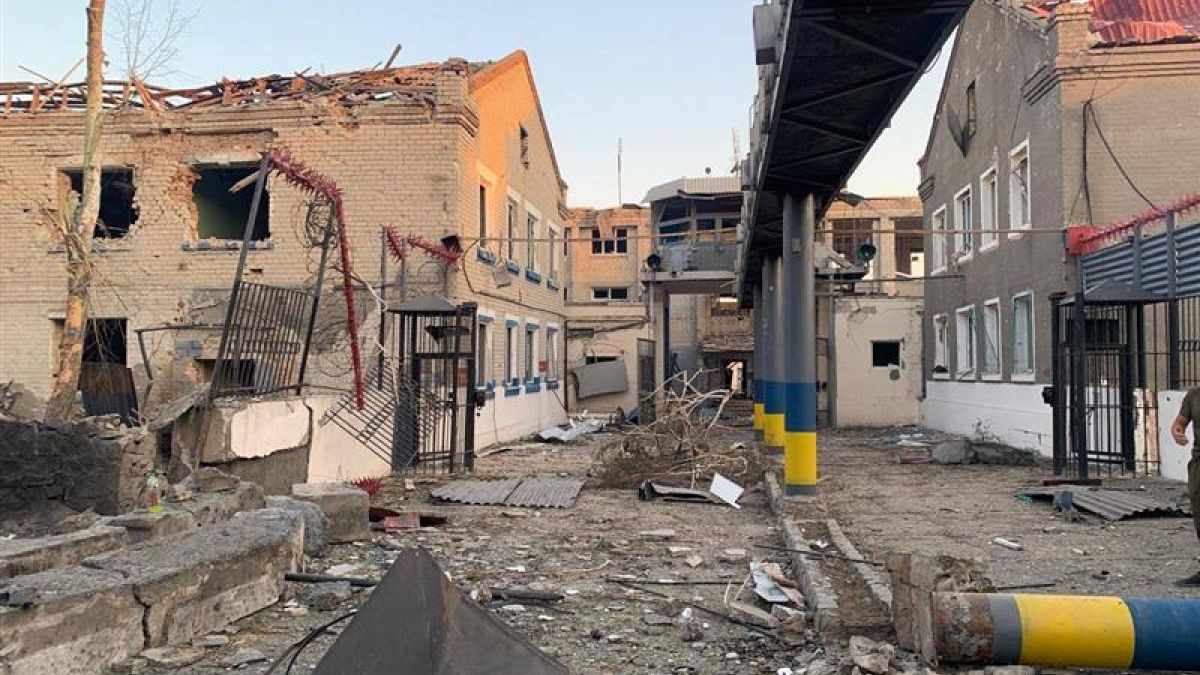

In a series of significant developments across Ukraine, recent airstrikes and global diplomatic actions have drawn attention to the ongoing conflict. As the dawn of Monday revealed the aftermath of a challenging night, the Ukrainian landscape echoed with the effects of military aggression, yet amidst this, hope for resolution persists.
Recent reports indicated that a missile strike hit a prison in the Zaporizhzhia region of Ukraine. This somber event resulted in the tragic loss of at least 17 inmates, marking one of the deadliest strikes in recent times. Ukrainian presidential advisor, Andriy Yermak, described the incident as another war crime, echoing the profound grief felt by the nation. The prison attack forms part of a broader pattern of aggression that also targeted a hospital in the city of Kamianske. The hospital tragedy claimed the lives of three individuals, including a young pregnant woman, deepening the sorrow that envelops the region.
In response to these harrowing events, Ukrainian President Volodymyr Zelenskyy reported a total of 22 fatalities, highlighting the dire impact of the assaults on civilians. Alongside the confirmed count, 85 others sustained injuries across various impacted areas. The strikes resonate as a stark reminder of the conflict’s intensity, while the global community watches and voices continue rising in calls for peace.
Amidst the unfolding violence, international diplomatic conversations have been gaining momentum. In a recent visit to the United Kingdom, U.S. President Donald Trump announced a condensed timeframe for reaching a peace agreement between Russia and Ukraine, setting a deadline of 10 to 12 days. This directive emerged from discussions with UK Prime Minister Keir Starmer, and comes as an expression of impatience with the current state of negotiations. President Trump expressed his frustration over the slow progress, stressing the urgency of resolving the hostilities and encouraging Moscow to engage more constructively in peace efforts.
The strike discussions are not isolated to Europe and the United States. Concurrently, tensions in the Middle East and South Asia reveal broader regional challenges and implications. In Gaza, the city of Khan Younis mourns the loss of 11 civilians due to an Israeli airstrike, adding another layer to the complexity of the geopolitical landscape. Meanwhile, in Kashmir, a region historically fraught with disputes, Indian authorities reported a skirmish resulting in the deaths of three suspected militants, underscoring ongoing struggles for territory and peace.
In conclusion, while the current situation presents grave challenges, there remains a persistent undercurrent of hope for resolution. The recent troop deployments and targeted strikes illustrate the turbulence of the times, yet the concerted dialogue among global leaders signals a shared commitment to finding peace. As diplomatic channels remain open and active, the international community continues to urge ceasefires and call for genuine efforts towards lasting harmony. With calm determination and patient negotiation, it is anticipated that pathways to peace can be navigated, bringing relief to those affected and stability to the international landscape.
Source: {link}
